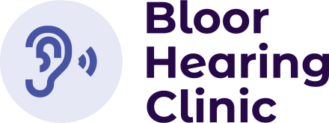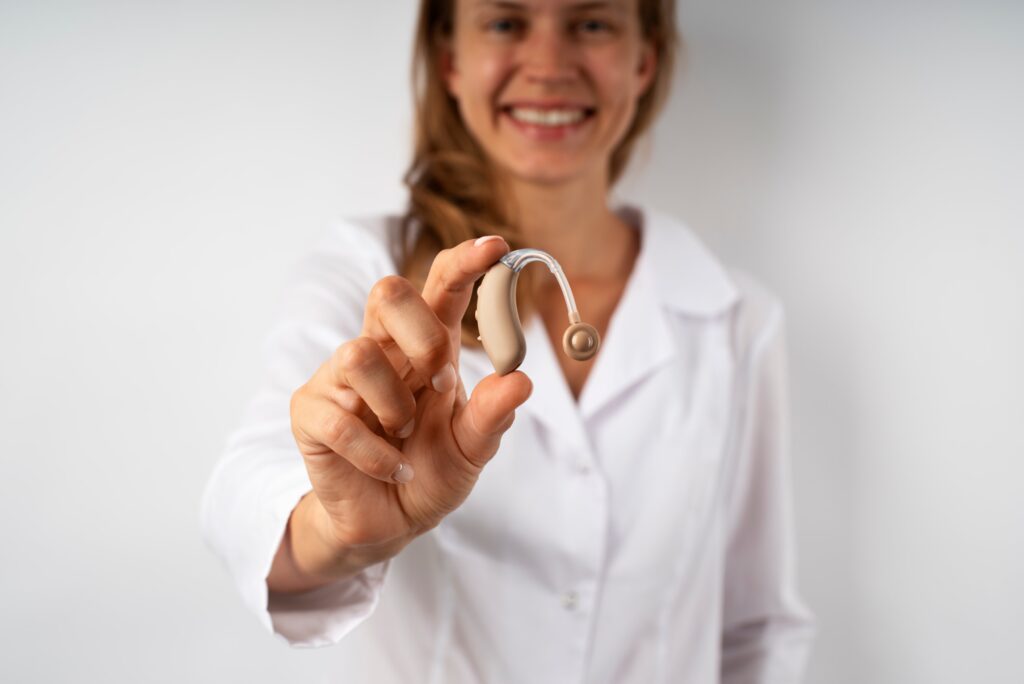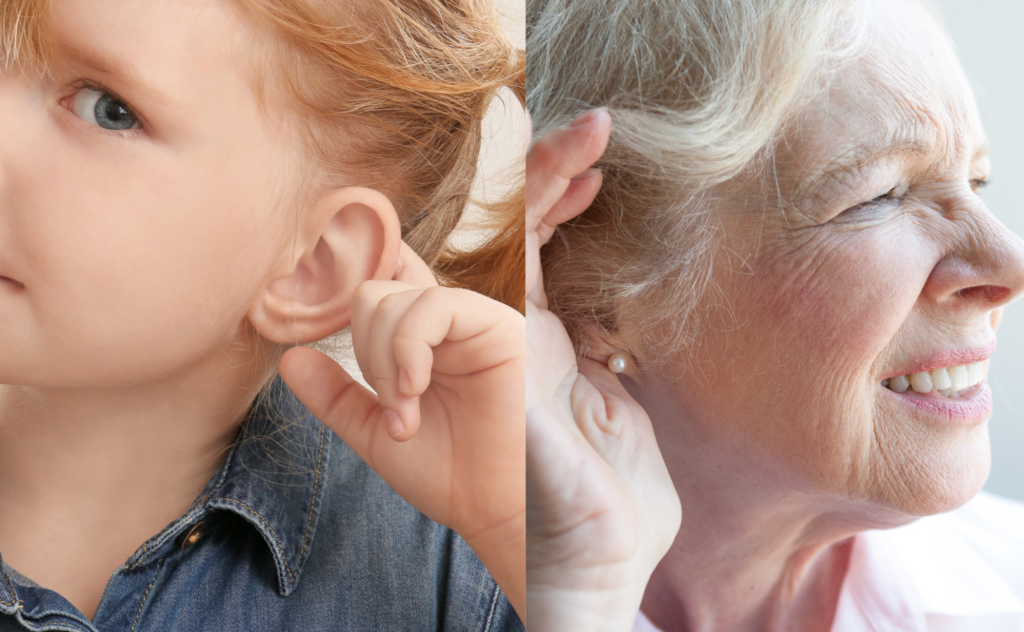What Is Cognitive Decline and How Does It Affect Hearing?
Imagine forgetting the name of a loved one, struggling to follow a discussion, or losing track of familiar routines. Not just occasionally, but often enough to cause concern. As we age, these experiences can feel unsettling and are sometimes brushed off as “just getting older”. But what if there’s more to the story than memory alone? What if something as seemingly unrelated as your hearing plays a key role in how clearly your mind functions?









